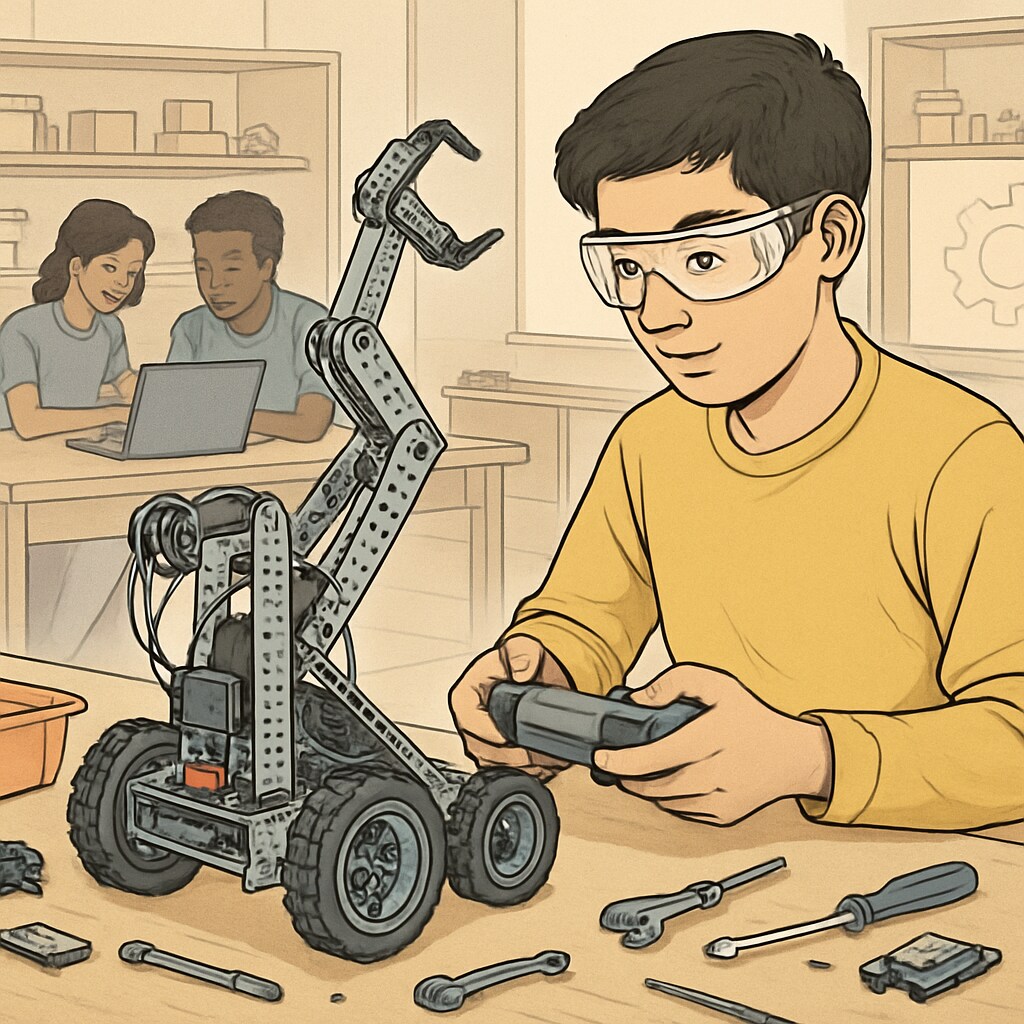UC San Diego’s ambitious enrollment expansion plan marks a pivotal moment in the landscape of higher education. With the university striving to accommodate a larger student body, the ripple effects of this initiative extend far beyond campus boundaries, reshaping the strategies and aspirations within K-12 education. To prepare for this transformative era, students, parents, and educators must rethink traditional approaches to learning and adapt to the evolving expectations of the higher education system.
Preparing for the UC San Diego Expansion: Challenges and Opportunities
The expansion plan at UC San Diego aims to increase enrollment significantly over the next decade, reflecting broader trends in higher education aimed at widening access and addressing future workforce demands. As a result, K-12 education systems will encounter new challenges, such as heightened competition for university spots and a shift in the skillsets universities expect from incoming students. However, this expansion also presents opportunities for K-12 institutions to innovate and better align their curricula with the demands of higher education.
For example, the emphasis on STEM (science, technology, engineering, and mathematics) education in UC San Diego’s programs may encourage K-12 schools to strengthen their offerings in these fields. Additionally, interdisciplinary learning and critical thinking skills, increasingly valued at the university level, could become central pillars of K-12 education reform.

Impact on Students: Navigating a Competitive Landscape
As UC San Diego opens its doors to more students, the competition among K-12 graduates for admission will intensify. This means students must not only excel academically but also stand out through extracurricular achievements, leadership roles, and community involvement. Admissions offices, including UC San Diego’s, are increasingly seeking well-rounded candidates who demonstrate adaptability, creativity, and resilience—qualities that traditional test scores alone cannot measure.
To navigate this competitive landscape, students should focus on:
- Building strong academic foundations, particularly in STEM and interdisciplinary subjects.
- Engaging in extracurricular activities that highlight leadership and teamwork.
- Developing soft skills such as communication, problem-solving, and adaptability.
These strategies will not only prepare students for UC San Diego but also equip them for the demands of modern higher education and the workforce.

Guidance for Parents and Educators: Adapting to New Realities
Parents and educators play a crucial role in helping students adapt to the challenges posed by UC San Diego’s expansion plan. For parents, this involves fostering an environment that encourages curiosity and lifelong learning while providing emotional support during the college application process. For educators, it means revising curricula and teaching methods to emphasize critical thinking, collaboration, and innovation.
Key steps for parents and educators include:
- Encouraging students to explore diverse academic interests and career paths.
- Integrating project-based learning and real-world applications into the classroom.
- Providing resources and guidance for college readiness, including workshops and mentorship programs.
By working together, parents and educators can ensure students are well-prepared for the opportunities that UC San Diego and other expanding institutions offer.
The Future of K-12 Education in Light of Higher Education Growth
UC San Diego’s enrollment growth is a microcosm of broader changes in the higher education landscape. As universities expand to meet the needs of a growing population, K-12 education must evolve to stay relevant and effective. This includes prioritizing academic rigor, fostering creativity, and equipping students with the skills they need to thrive in an increasingly interconnected world.
In addition, partnerships between K-12 schools and universities could become more common, offering students early exposure to college-level coursework and experiences. These collaborations would help bridge the gap between secondary and higher education, ensuring a smoother transition for students.
Ultimately, the success of UC San Diego’s expansion plan depends not only on the university itself but also on the ability of K-12 education systems to rise to the occasion. By embracing innovation and collaboration, educators, parents, and students can collectively prepare for a brighter future in education.
Readability guidance: This article uses concise paragraphs and lists to summarize key points. Transition words such as “however” and “in addition” are used throughout to ensure smooth readability. Passive voice and long sentences are minimized to maintain clarity and engagement.


